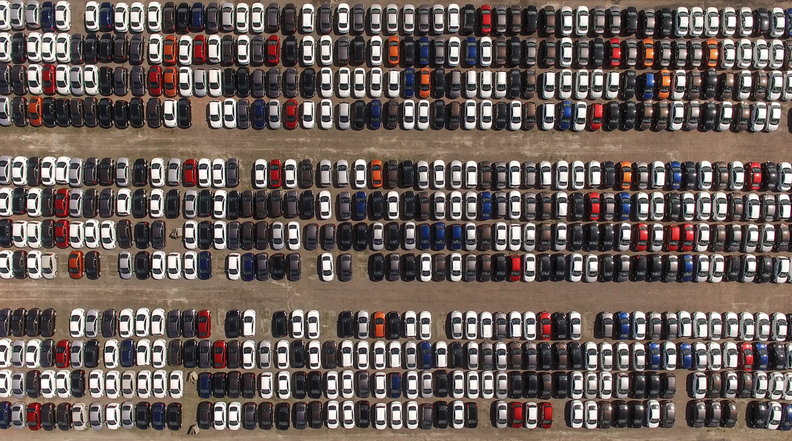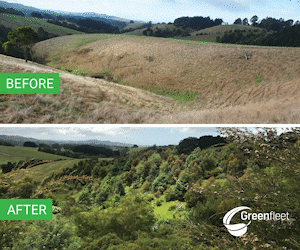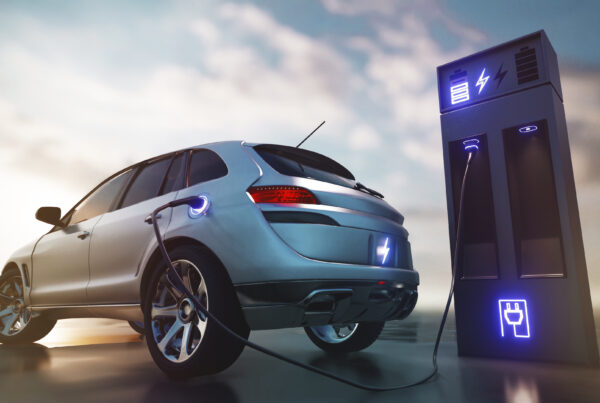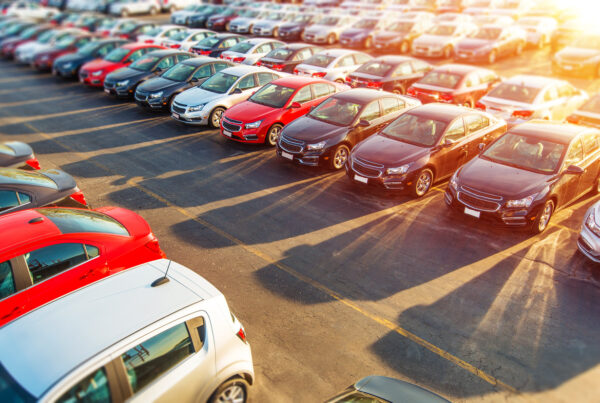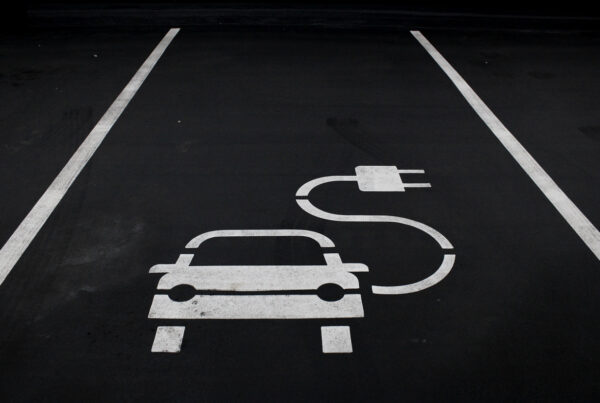The new car market in Australia decreased 3.9 percent compared to the same period last year with 97,251 vehicles delivered in March 2023.
“March was a solid month for new car sales given the supply constraints car makers are facing both domestically and internationally,” FCAI Chief Executive Tony Weber said.
“Year to date sales have increased 2.5 per cent which is a better indicator of the underlying strength of the market.”
March 2023 Stats
Sales in the ACT increased by 1 per cent with 1,576 vehicles sold; Queensland, 4.9 per cent (22,244); South Australia, 2.6 per cent (6,543); and Western Australia, 1.1 per cent (10,129). Meanwhile, sales in New South Wales decreased by 6.1 per cent (30,256); Northern Territory, 15.3 per cent (776); Tasmania 8.4 per cent (1,620); and Victoria 11.2 per cent (24,107).
Toyota led the market with a total of 13,223 vehicles sold. Mazda was second (8,243), followed by Ford (6,485), Kia (6,403) and Mitsubishi (5,863).
The Toyota Hi-Lux was the highest-selling model with 4,583 sales, followed by Ford’s Ranger 4,508. Isuzu’s D-Max was third with 2,789, followed by Mitsubishi’s Outlander (2,169) and Tesla’s Model Y (1,938).
“The top three best sellers for March 2023 were Utes. It is notable that there are no passenger sedans in the ten top-selling vehicles for March. The consumer preference for Utes and SUVs is an important factor to consider as we journey to a zero-emission light vehicle fleet because these vehicles are more difficult and expensive to electrify,” said Mr. Webber.
The Passenger Vehicle Market is down by 4,817 vehicle sales (-21.9%) over the same month last year; the Sports Utility Market is up by 2,633 vehicle sales (5.2%); the Light Commercial Market is down by 2,182 vehicle sales (-9.0%) and the Heavy Commercial Vehicle Market is up by 384 vehicle sales (9.3%) versus March 2022.
Battery electric vehicle sales grew by 19.5 per cent on March 2022 figures along with plug-in-hybrids which increased by 33.3 per cent.
“This growth demonstrates that where Australians can afford a battery electric vehicle which suits their lifestyle, they will buy them,” Mr Weber said.
“If we want more zero and low emission vehicles on our roads, then we must provide the necessary recharging infrastructure and move to implement an ambitious yet achievable fuel efficiency standard which will encourage manufacturers to allocate more of the limited supply to Australia,” Mr Weber added.
Did you find this article interesting? Give it a ‘like’ by clicking the ‘heart’ button above!

